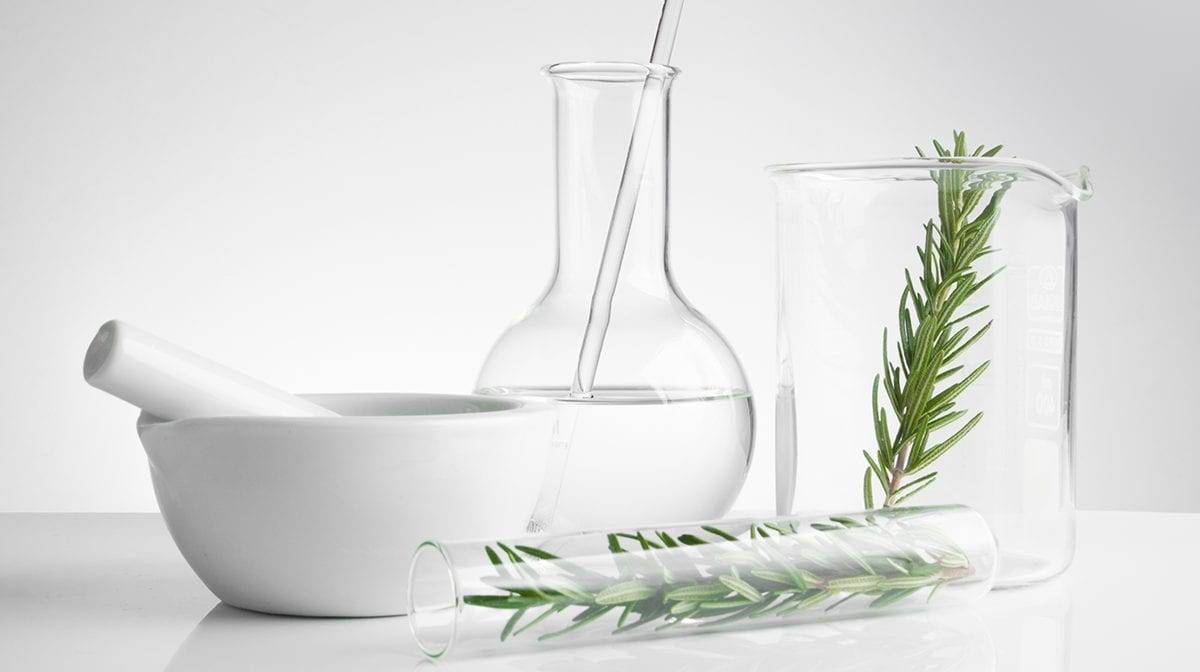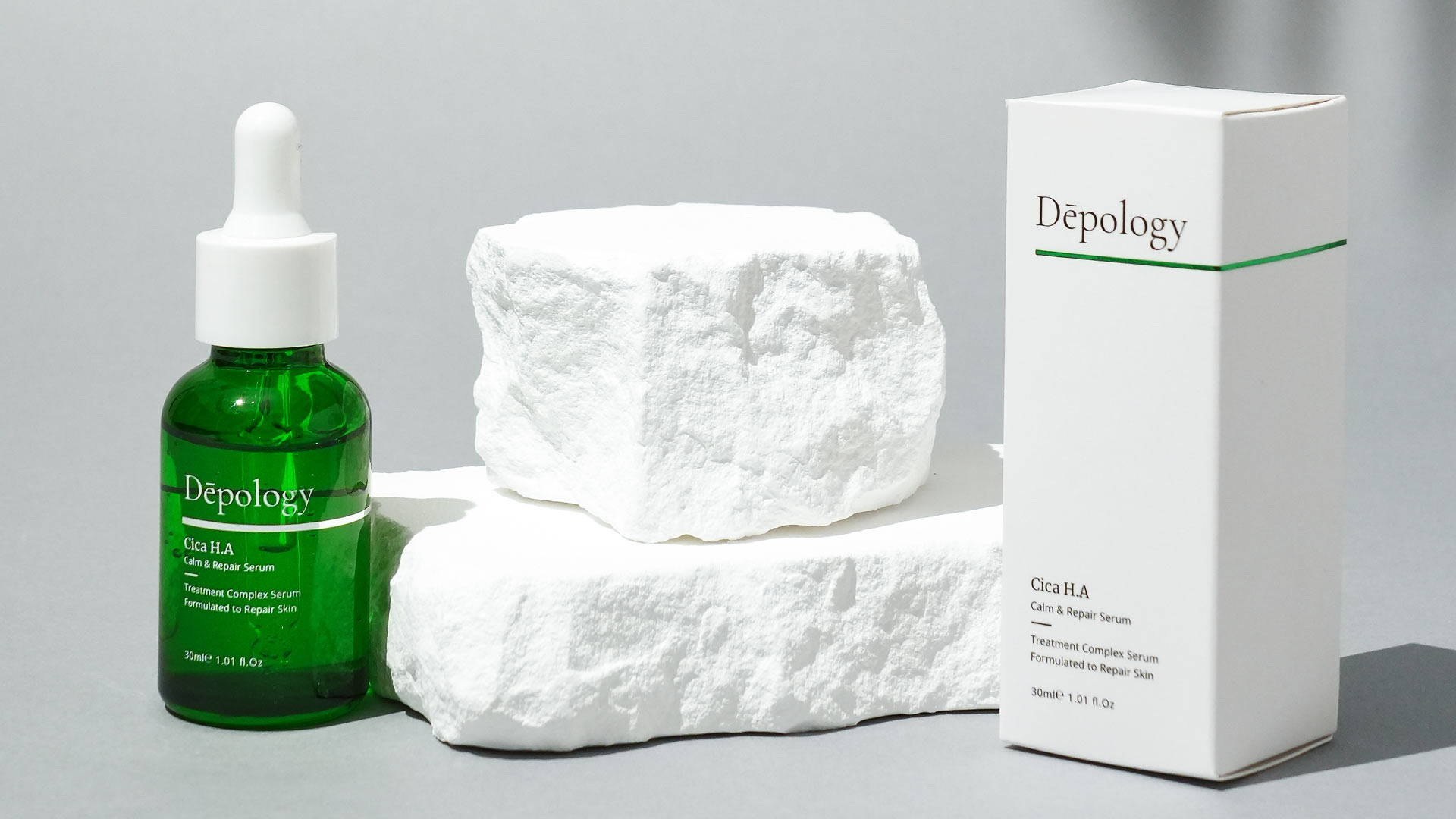
What is Probiotic in Skincare?
Intro
It might be a creepy image, imagining each area of the body containing its unique microbiome of mostly healthy fungi, viruses, and bacteria. However, unless you have a microscope, that is generally what’s happening on the body’s surface at any given time. In other words, the more diversified bacteria on the skin’s surface, the healthier the microbiome.
The body even uses bacteria found in our sweat (or ammonia) as a form of prebiotic, converting the bacteria into molecules that use their anti-bacterial and anti-inflammatory properties to prevent breakouts and skin irritation.
That being addressed, most probiotics used in the skincare industry aren’t using still-living microorganisms. Because of this, they aren’t as likely to produce promising results or benefits from research studies.
Now that we got the creepy crawly feelings out of the way, why are probiotics suddenly being discussed in the scientific community? Furthermore, what positive improvements can they produce when it comes to the overall health of our skin?
What are Probiotics?
Did you know some of your favorite products are considered probiotics? These are easily recognized by fermented processes, such as kombucha and vegetables. The fermentation in these foods and beverages strengthens the lining of the digestive tract, provides yeast support, and replenishes our natural supply of healthy gut bacteria.
While many skincare companies often make probiotic claims based on single ingredients found in their products, it’s the final formulations and results on human skin that ultimately matter. The primary function of probiotics in skincare is to rebalance the skin’s microbiome with “good” bacteria rather than allowing “bad” bacteria to overpopulate.
Probiotic skincare can be easily categorized into three sections: pre, pro, and postbiotics. Each form is a bit different in its formulation and overall health benefits, both for the body and the skin, the body’s largest organ.
Prebiotic formulas involve compounds that feed the pre-existing “skin bugs,” helping them to thrive and work their skincare magic. These formulas tend to increase the diversity of bacteria on the skin, which is healthier for the skin’s microbiome.
Referred to as “complex carbohydrates” in the food universe, these non-digestible compounds support healthy bacteria on the skin by shaping the microbial environment in a way that promotes health.
It’s been shown that some prebiotic products can help balance the skin’s pH levels and provide extra support for the skin’s protective barrier. It’s beneficial to note that most of this research has been conducted on probiotic skincare rather than topical prebiotic products.
Many ingredients generate prebiotic effects, including plant sugars, calcium, amino acids, sulfur, and magnesium. The following components below also produce prebiotic benefits for skincare users.
Inulin
A type of fiber, inulin, promotes the growth of healthy bacteria strains in the skin. It may already be present in several foods you consume. This prebiotic is created by plants and then converted into an energy source. Rather than being primarily digested by the body when consumed, it is used as a healthy bacteria in the gut.
Common foods containing inulin include bananas, asparagus, soybeans, wheat, and garlic. Frequently used as a fat substitute or sweetener, inulin can be enjoyed in tablet, gummy, and even powder form. It not only encourages healthy bacteria in the intestinal tract but allows everything to pass through smoothly, helps to decrease overeating habits, and may even decrease the risk of developing certain cancers.
Oat Extract
This intense formula operates to feed the skin’s bacteria, encouraging a well-functioning microbiome. Aside from being high in iron, zinc, and manganese levels, it has been known to help treat insomnia, stress levels, and physical endurance. The wide variety of ingredients found in oats helps strengthen the skin’s protective barrier while keeping it well-nourished and smooth.
Unlike prebiotics, probiotic formulas are live bacteria that work to support the healthy bacteria in the body. These bacteria serve many purposes, such as the prevention and treatment of certain skin conditions, locking in moisture, and keeping acne-inducing bacteria at bay.
Bacteria already exist in our bodies and skin, present to prevent any external threats from invading. These bacteria also help regulate skin pH levels and fight unwanted infections. The more diverse the bacteria, the healthier the skin which will speak for itself in plumpness.
Though we still know little about probiotics and their full contribution to skincare, they have the potential to change the entire industry as more eyes are looking toward what will be the next big shift or trend. By adding probiotics into skincare formulas, these products can provide essential acids, ceramides, and other beneficial nutrients to the skin without constant reapplication.
No matter how it sounds, the relationship between “bugs and skin” has become more of a conversation in the industry, especially when it comes to their ability to further protect the skin’s protective barriers and halt aging signs.
A good example is the probiotic Nitrosomonas ectropha, which is derived from the earth’s soil. Over time, the human species has evolved to function in hygienic routines and habits, having lost some of our microbial diversity and ability to fight off certain infections as a result. By applying these probiotics to pre-existing bacteria, your skin will have an extra layer of defense.
There’s far more to probiotics than what is uncovered from beneath our feet. A majority of research conducted on the topic has involved microbiomes in the gut, not topically on the skin. Despite this, the skin’s microbiome offers more research benefits in terms of universal solutions than the gut’s microbiome. Most probiotic formulas tend to range or be derived from four places: skin, gut, soil, and water.
Bacillus coagulans
A type of “good” bacteria, Bacillus coagulans isn’t naturally produced in the body but can create lactic acid in the gut.Formulas containing this ingredient typically increase the ability to thwart free radicals from invasion and causing unwanted aging signs.
Though it can provide the gut with lactic acid bacteria, it shouldn’t be confused with the probiotic Lactobacillus. The latter focuses more on preventing and treating skin inflammation, acne/redness, and improving the skin’s overall barriers from external threats. These bacteria are found in many foods and throughout the body, such as the digestive system.
Bifidobacterium
These microbes are considered among the first group to make their way through the human gastrointestinal tract. Due to their positive skincare and overall health benefits, they have sought residence not only in our bodies but also in many of our beloved foods, such as fermented vegetables and cured meats.
This formula is often appreciated by those who suffer from skin conditions such as rosacea, eczema, and extremely dry or sensitive skin.
Lactic acid bacteria
Derived from yogurt, a snack food enjoyed by millions, this probiotic formula focuses on exfoliation and retention of moisture in the skin. The positive benefits of this “good” bacteria are several, not limited to the tightening of the pores, reducing wrinkles, and improving skin damage from the sun’s harmful UV rays.
Lactobacillus casei
When the body lacks “good” bacteria, this ingredient can be a wise addition to combat that issue. It is known for regulating the body’s digestive system and helping those who suffer from chronic conditions such as irritable bowel syndrome (IBS) and inflammatory bowel disease (IBD).
This probiotic is naturally found in the gut and is active in several fermented foods, such as kimchi and yogurt.
Lactobacillus acidophilus
A bacteria frequently found in the mouth and intestinal tract, these “good” bacteria have many functions. It works to help break down food, absorb beneficial nutrients, as well as ward off “bad” organisms or bacteria that threaten to produce infections or diseases.
In short, these bacteria are well-recommended for improved gut health. By having them more present, they can ensure the lining of the intestinal tract stays intact and prevent harmful bacteria from setting down roots in the digestive system.
A fun fact regarding “acidophilus” is that when this ingredient is ingested, it can help prevent sun-induced wrinkles from forming. It essentially shuts off the enzymes that damage the skin’s collagen during this process, maintaining a hydrated and glowy appearance.
Staphylococcus Formulas
These bacteria, appearing spherical-shaped when observed under a microscope, contain over 40 species in their family. Many of these species or subspecies can’t cause disease (they are famously known for causing staph infections in hospitals) and commonly reside on the skin and in the membranes of humans without alarm.
Many of these species provide various health benefits. Staphylococcus homiris and Staphylococcus epidermidis, for example, both carry the ability to suppress the growth of a type of bacteria that can worsen the symptoms of dry skin and eczema.
Meanwhile, Staphylococcus thermophilus works to increase the production of ceramides in those prone to dry skin and related conditions. The reason ceramides are so crucial when it comes to skincare is that they are the glue that binds skin cells together, strengthening the skin’s barrier and ensuring its overall health.
The final category of probiotic treatments involves fermentation byproducts that are created by the “good” bacteria in the body, resulting in a metabolism boost. Some of these byproducts can even include natural antibiotics, which are often used for killing germs that lead to inflammation and infections.
Lysate Formulas
Each species of probiotic essentially has its function and properties, those that are a part of the lysate family being no exception. “Lysate” formulas contain the contents of lysed cells. These formulas utilize fermented skincare to benefit the skin’s microbiome with added stability and balance.
Bifida ferment lysate
Acquired from the fermentation of Bifida, it is typically used in serums to help with skin damage from UV lights and improve hydration levels. These ingredients are rich in essential proteins and vitamins that work together to rejuvenate the skin and produce that glowing look.
Lactococcus ferment lysate
Produced by probiotics during the fermentation process, this ingredient, like most probiotics, helps protect the skin’s surface and its external barrier from damage caused by the environment and other factors.
This ingredient has been known to help slow down harmful bacteria growth in the skin as well as promote skin cell growth. This means that any wounds or blemishes encountered by an individual will heal faster than others who don’t utilize this ingredient in their skincare regimens.
Aqua posae filiformis (APF)
This postbiotic ingredient is a heat-killed strain that promotes long-lasting hydration in the skin and is recommended for those suffering from conditions such as eczema. The reasoning behind this is that it can reduce the occurrence of skin flare-ups and breakouts.
Which Ingredients Work Well With Probiotics?
Though these ingredients are powerful on their own, it never hurts to have an ally. These include common skincare ingredients such as glycerin, hyaluronic acid, niacinamide, and squalene. Squalene combos in particular ensure moisture is sealed in the skin, preventing dehydration.
What makes these ingredients even more versatile in their formula derivations is that they can be utilized before, during, or after other treatments and procedures. These include but are not limited to chemical peels, microneedling, and skincare laser treatments. They have also been known to help with any form of irritation from common exfoliants and retinoids used in skincare routines, especially when incorporating lysate formulas into the mix.
Conclusion
Probiotic skincare is becoming such a household name in the industry that companies such as Tula have created an entire brand identity surrounding the formulas. By emphasizing probiotic extracts as a powerful ingredient that helps to soothe, hydrate, and nourish the skin, they are not only using this as their entry point to consumers but educating their audience about the positive benefits of these ingredients that have been around for centuries.
Aside from trying out these products, gentle cleansers and exfoliators should be applied to avoid any potential irritation. Maintaining a healthy regimen of washing your face both in the morning and at night and applying moisturizer and sunscreen before leaving the house can contribute to that glowing skin and even lengthen the results in some cases.
While probiotic skin care is beneficial for keeping the skin’s ecosystem in check and preventing infections, it’s important to note that the Food and Drug Administration (FDA) has yet to fully support microbiome skincare products. Though they are designed to keep a microbiome balanced, these products can also alter the skin’s microbiome for some users. Much research still needs to be produced to understand how probiotics are going to transform the industry.













